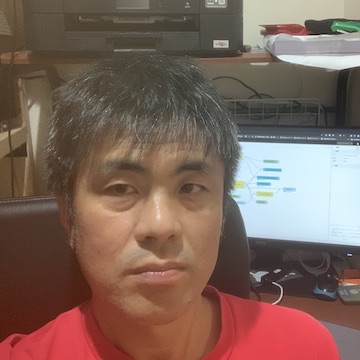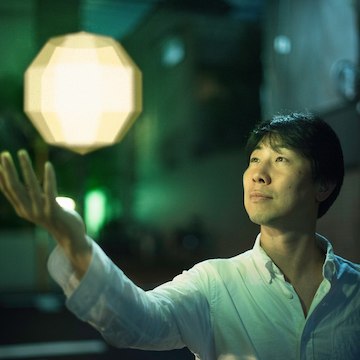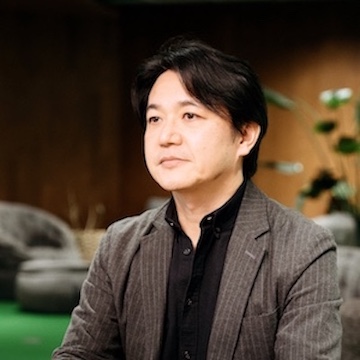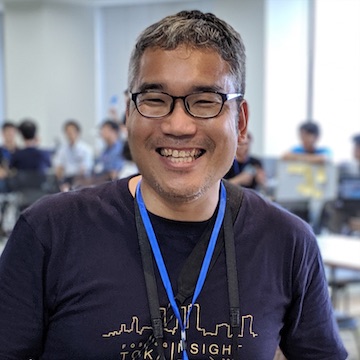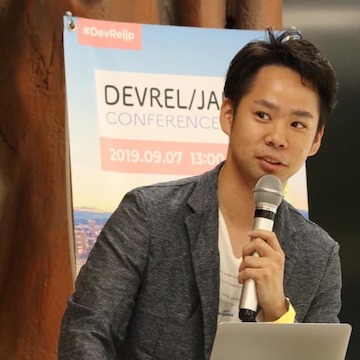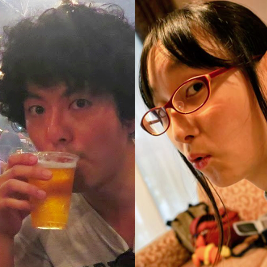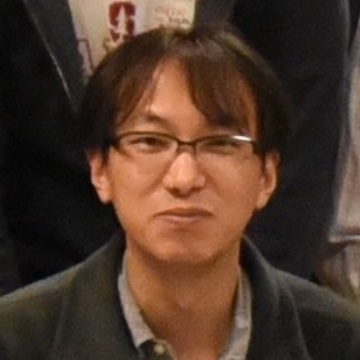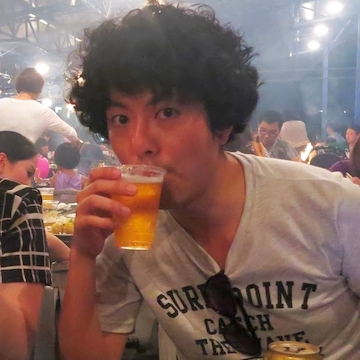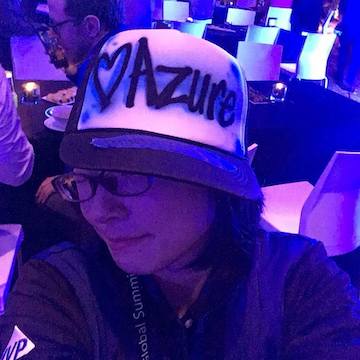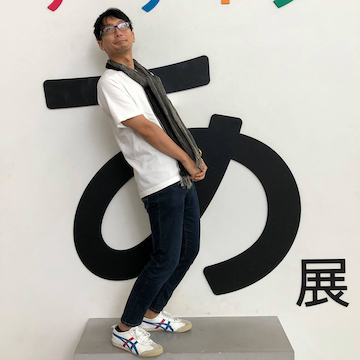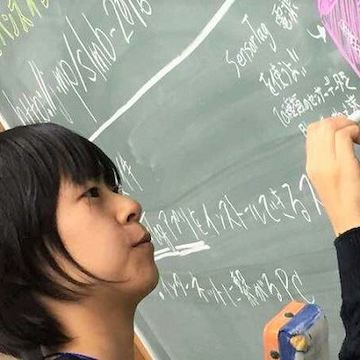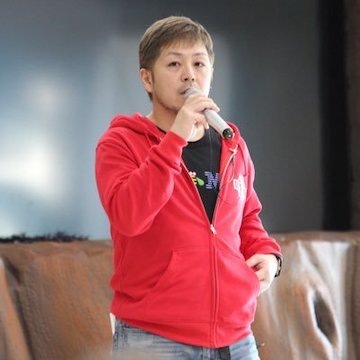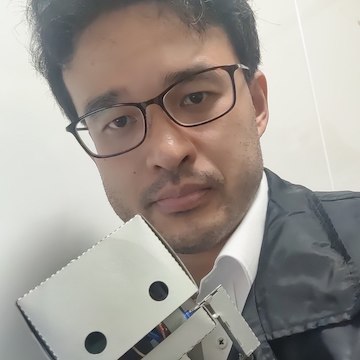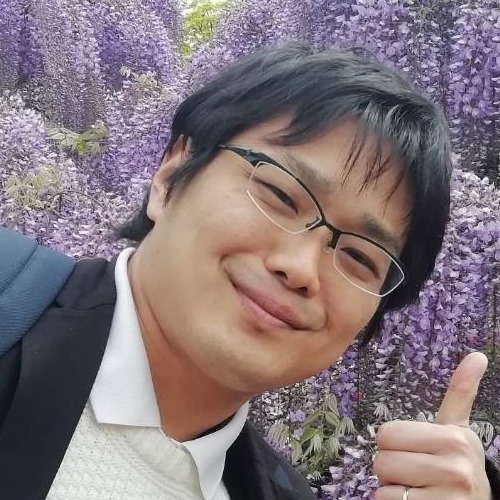What is Web of Things?
- The Web of Things Interest Group / Working Group of the World Wide Web Consortium is making a standardization for IoT interoperability. The Web of Things does not define new platforms or protocols, and standardizes how to connect to IoT devices on existing platforms, information about the device itself, and information about the data it has, for the feature of bridging between IoT platforms.
- The Web of Things was established in 2015 by the Interest Group, and on April 9, 2020, the main document Architecture and Thing Description became the standardized document W3C Recommendation. Currently, they are expanding the standardization contents and popularizing Web of Things compatible systems.
Node Generator and its Web of Things support
- The Web of Things Thing Description describes IoT device information in a machine-readable JSON-LD format. So if an IoT device is described in a Thing Description, we can interpret it and have a clear understanding of how to interact with that IoT device.
- If it can be treated as an abstraction as a node of the IoT device Node-RED described in Thing Description, IoT application development will be easier.
- Node Generetor has a function to create a unique node of Node-RED from the interface definition by Swagger / OpenAPI and the definition of function node. Inspired by this, we expanded the mechanism for generating nodes from Thing Description.
- Not only will the IoT device be accessible, but the Thing Description will also include information about the IoT device and the data that can be obtained, so use that information to display the detailed information of IoT device on the Node-RED help screen. This makes it possible to build an IoT application development environment on only Node-RED.
Examples of using Node-RED within Web of Things standardization
- From the initial stage of standardization, standardization has been promoted by utilizing the low-code characteristics of Node-RED. For example, attempts are being made to quickly create a control program on the IoT device side with Node-RED and perform an interconnection test, or to create a concrete application from an IoT application template with a small number of man-hours.
Conclution
If you describe Thing Description, you can easily handle IoT devices from Node-RED, so if you are interested in Web of Things, please try it.
( Language: Japanese )






